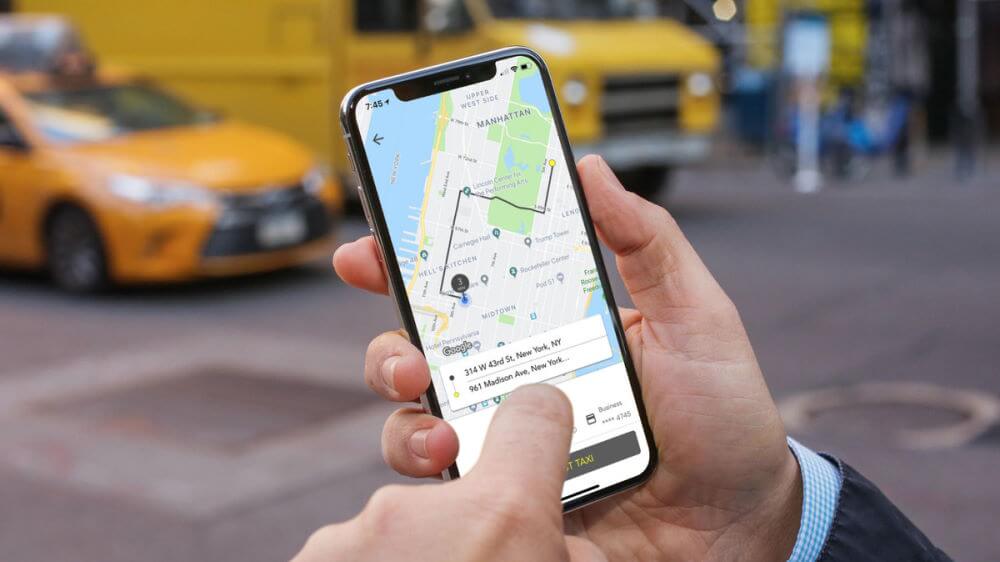When Uber launched in the United States in 2009, it completely changed how people viewed urban transport. It offered lower prices, greater convenience, and a simple app-based interface. But this success also brought major challenges:
- Strong opposition from traditional taxi drivers;
- Lack of initial regulation;
- Clashes with local governments and unions;
- Concerns over safety and driver protections.
Over time, many U.S. cities – including New York, San Francisco, and Los Angeles – took steps to regulate the sector. These included:
- App-specific driver licenses;
- Caps on the number of active vehicles;
- Stricter safety and background checks;
- Partial integration with taxi services (e.g., Uber now allows users to request official taxis in some cities).
Today, in large U.S. cities, over 60% of urban rides are made through apps like Uber, Lyft, and Via. Traditional taxis still operate, but have been greatly reduced or integrated into app ecosystems.
Similar stories unfolded in the UK, Germany and France: initial backlash, followed by regulation and then a working coexistence between taxis and mobility apps.
These international examples show that:
- Digital platforms meet a real need in the market;
- It’s possible to find a balance between innovation and regulation;
- Taxis can be part of the solution, not just an alternative.

